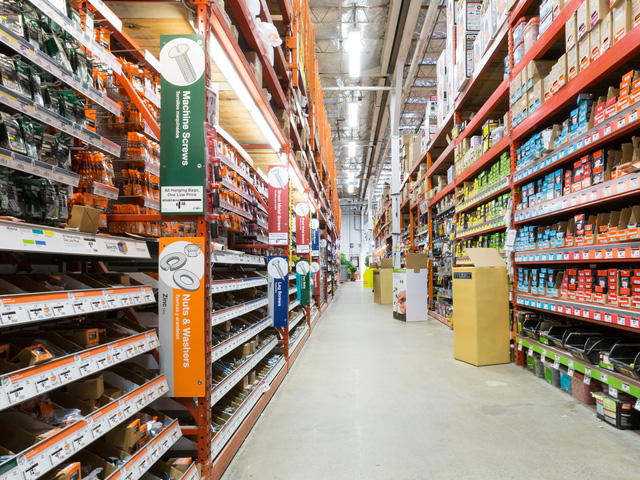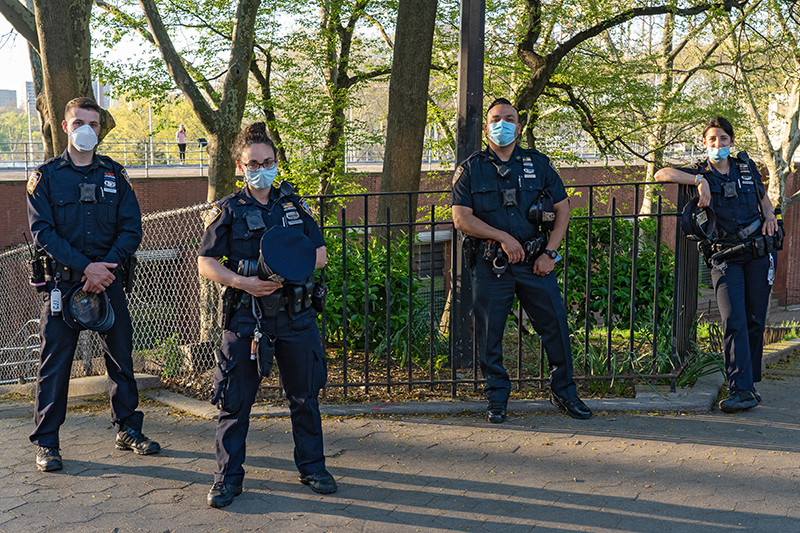How Your Living Environment Shapes Your Physical Fitness: Urban vs. Rural Realities
Introduction: The Role of Environment in Physical Fitness
Your physical fitness is not determined solely by personal motivation or genetics-your surroundings play a substantial role. Whether you live in an urban city or a rural community, your environment shapes your opportunities, habits, and barriers related to physical activity. Understanding these influences can help you make informed choices and advocate for changes that support a healthier, more active lifestyle.

Source: heidelblog.net
Understanding Urban and Rural Environments
Urban and rural areas differ in infrastructure, population density, available resources, and cultural norms. These differences create unique advantages and challenges for physical fitness. Urban environments typically have more sidewalks, public parks, gyms, and recreation centers, making formal exercise more accessible. In contrast, rural areas may have limited access to such facilities but often provide more open space and opportunities for informal activity through work or daily chores [3] .
Physical Activity Patterns: Urban vs. Rural
Research indicates that the type and amount of physical activity people engage in often varies between urban and rural residents. A large-scale review found that while aerobic physical activity levels are similar, rural residents generally participate in less leisure-time muscle-strengthening activities compared to urban dwellers. However, rural adults may spend less time in sedentary activities, like watching television, than their urban counterparts [1] .
For children and adolescents, the findings are mixed. Some studies suggest rural youth are more active, especially in outdoor play or organized sports, while others find that urban children have more structured activity options [2] . These discrepancies are often attributed to differences in the built environment and availability of safe, accessible recreational spaces.
Barriers to Physical Fitness in Urban and Rural Areas
Urban Barriers: Despite having more facilities, urban residents may face obstacles such as heavy traffic, air pollution, crowded public spaces, and safety concerns, which can discourage walking, cycling, or outdoor exercise. Urban dwellers may also have demanding work schedules and longer commuting times, reducing opportunities for daily physical activity.
Rural Barriers: In rural communities, the primary challenges include fewer sidewalks, parks, and gyms, as well as greater distances between destinations. Rural roads may lack lighting or pedestrian infrastructure, making walking or biking less safe. Lower population density can also mean fewer group exercise opportunities or organized sports, which are important motivators for some people [4] .
Real-World Examples
Consider a city resident who relies on public transit and walks several blocks each day to reach their destinations. This built-in activity can help them meet daily step goals. However, if they move to a rural area where amenities are miles apart and car travel is necessary, incidental activity may decrease unless intentionally replaced by structured exercise.
Conversely, a rural resident may spend significant time doing physically demanding chores, such as gardening, farming, or maintaining property, which can contribute to higher levels of total activity-even in the absence of a gym membership. However, these activities may not provide the same muscle-strengthening benefits as targeted exercise [1] .
Strategies to Overcome Environmental Barriers
For Urban Residents:

Source: youtube.com
- Take advantage of sidewalks, parks, and bike paths for walking and cycling.
- Join local gyms, fitness classes, or recreation leagues; city recreation departments often offer affordable options.
- Seek out stairwells and walking routes within office buildings for movement breaks.
- Plan physical activity during off-peak hours to avoid crowds and safety concerns.
For Rural Residents:
- Incorporate physical activity into daily chores, such as gardening, splitting wood, or farm work.
- Use available open spaces for walking, jogging, or outdoor sports, ensuring safety by wearing reflective gear and choosing well-lit routes.
- Organize community walking groups or informal sports teams to encourage social activity and accountability.
- Consider home workout routines or online fitness classes when facilities are limited; many reputable health organizations provide free or low-cost resources.
If you have difficulty accessing fitness facilities or programs, consider contacting your local health department or community center for information on available resources. Many public health agencies offer guidance or may know about grants and initiatives to support physical activity in underserved areas.
Step-by-Step Guidance to Improve Physical Activity in Your Environment
1. Assess Your Environment: Start by observing the opportunities and challenges in your neighborhood. Identify available sidewalks, parks, trails, gyms, recreation centers, and safe areas for activity.
2. Set Realistic Goals: Use the CDC’s recommendations as a benchmark: at least 150 minutes of moderate-intensity aerobic activity and muscle-strengthening activities on two or more days per week for adults.
3. Leverage Community Resources: Contact your local parks and recreation department, YMCA, or community center to ask about programs, facilities, and group activities. Many offer sliding-scale fees or subsidized memberships.
4. Create a Routine: Incorporate physical activity into your daily schedule. Walking, cycling, or home-based routines can be just as effective as gym workouts when done consistently.
5. Find Social Support: Enlist family, friends, or neighbors to join you. Social support is a proven motivator for sustaining physical activity over time [3] .
6. Seek Out Alternatives: If local resources are lacking, use technology. Many health organizations and apps offer free exercise videos and virtual fitness communities. Search for terms like “no equipment home workout” or “virtual fitness class” to find reputable options.
Potential Challenges and Solutions
Challenge: Lack of facilities in rural areas. Solution: Use outdoor spaces, daily chores, or online resources for guided exercise routines. Advocate for community investment in trails or parks by contacting local government or health coalitions.
Challenge: Safety or congestion in urban settings. Solution: Plan activity for early mornings, choose well-populated and well-lit areas, or utilize indoor spaces like malls or recreation centers during inclement weather.
Challenge: Limited time due to work or family obligations. Solution: Break up exercise into short bouts throughout the day, such as walking during lunch breaks or doing brief home workouts before or after work.
Advocacy and Community Action
If you want to help improve physical activity options in your community, consider joining or forming a local health coalition. These groups often work with city planners and public health agencies to create safer streets, build parks or trails, and offer community fitness events. You can also contact your local health department for information on active transportation plans or physical activity promotion programs.
For more resources, visit the official website of the Centers for Disease Control and Prevention and search for “community physical activity initiatives.” This will provide access to evidence-based strategies and information on how to advocate for improvements in your area.
Key Takeaways
Your living environment-urban or rural-can shape how easy or challenging it is to stay physically active. Urban areas offer more formal facilities but may present barriers like congestion and safety concerns. Rural areas offer natural settings but often lack built infrastructure. By understanding your environment, leveraging available resources, and advocating for changes, you can overcome obstacles and improve your physical fitness wherever you live.
References
- [1] PMC (2018). Urban-rural differences in aerobic physical activity, muscle strengthening, and sedentary behavior in the US.
- [2] CDC (2023). Rural-Urban Differences in Overweight and Obesity, Physical Inactivity, and Food Security Among US Children and Adolescents.
- [3] CDC (2019). Trends in Meeting Physical Activity Guidelines Among Urban and Rural Residents – United States.
- [4] PMC (2022). Rural-Urban Differences in Physical Activity Tracking and Health Disparities.
MORE FROM 9scholarships.de













